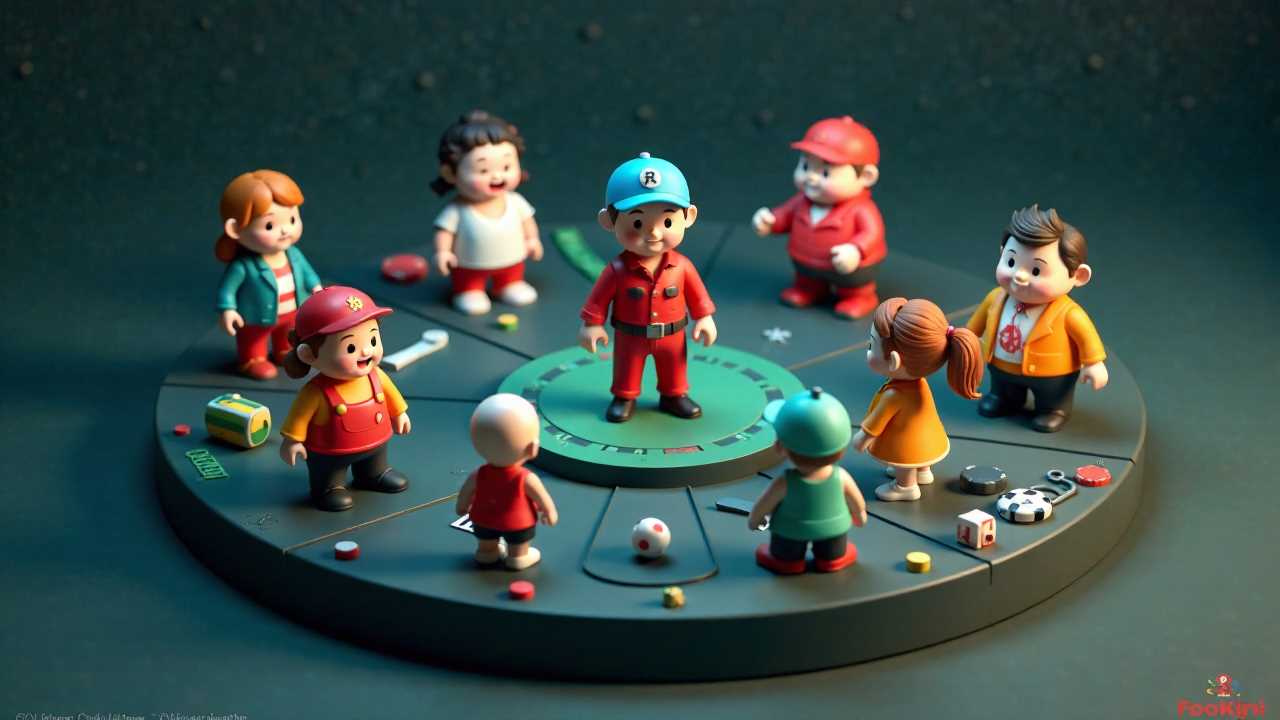
Understanding Game Cinematic Animation
Game cinematic animation represents a fusion of artistry and technology, creating immersive experiences that captivate players. This field encompasses various elements, including 3D modeling, character rigging, motion capture, lighting techniques, texture mapping, and scene composition. Each component plays a vital role in bringing characters and environments to life, ensuring that players are fully engaged in the narrative.
The Art of 3D Modeling
3D modeling serves as the foundation of game cinematic animation. It involves creating three-dimensional representations of characters, objects, and environments. The process begins with conceptual sketches, which guide the modeler in crafting detailed and accurate representations.
To achieve high-quality models, we utilize advanced software such as Blender, Maya, or 3ds Max. These tools allow for intricate detailing and the creation of complex geometries. A successful model not only looks good but is also optimized for performance in a game engine. This means keeping polygon counts manageable while ensuring that the model retains its visual fidelity.
Textures play a crucial role in enhancing the realism of 3D models. By applying various texture mapping techniques, we can simulate materials like skin, metal, or fabric. This process involves wrapping a 2D image around a 3D object, giving it depth and realism. The combination of well-crafted models and effective texture mapping results in visually stunning characters and environments.
Character Rigging: Breathing Life into Models
Once the 3D models are complete, the next step is character rigging. This process involves creating a skeleton structure that allows the model to move. Rigging is crucial for animating characters, as it defines how they will bend, twist, and interact with their environment.
A well-rigged character provides animators with the flexibility to create realistic movements. We focus on creating a rig that mimics human anatomy, allowing for natural poses and expressions. This includes setting up control handles that make it easier to manipulate the character during the animation process.
The rigging process also involves skinning, which binds the 3D model to the skeleton. This step is essential for ensuring that the character deforms correctly when animated. Proper skinning techniques prevent issues such as unnatural stretching or collapsing, which can detract from the overall quality of the animation.
Motion Capture: Capturing Realistic Movements
Motion capture technology has revolutionized the animation industry by allowing animators to capture real-life movements and translate them into digital characters. This technique involves recording the movements of actors wearing specialized suits equipped with sensors. The data collected is then applied to 3D models, resulting in lifelike animations.
Using motion capture can significantly speed up the animation process while enhancing realism. It allows for the incorporation of subtle nuances in movement that would be challenging to replicate manually. However, it is essential to clean up the captured data to ensure that the animations align perfectly with the character's rig.
While motion capture is a powerful tool, it is not a replacement for traditional animation techniques. Combining both methods often yields the best results, as animators can refine and enhance captured movements to fit the character's personality and the game's artistic style.
Lighting Techniques: Setting the Mood
Lighting techniques are vital in game cinematic animation, as they set the mood and atmosphere of a scene. Proper lighting can transform a simple environment into a captivating world. We utilize various lighting methods, including ambient, directional, and point lights, to create depth and realism.
The choice of lighting can influence how players perceive a scene. For instance, dramatic lighting can heighten tension, while soft lighting can evoke a sense of calm. By experimenting with different light placements and intensities, we can achieve the desired emotional impact.
Additionally, we pay close attention to shadows, as they add realism and dimension to the scene. Techniques such as shadow mapping and global illumination help create convincing shadows that enhance the overall visual quality of the animation.
Texture Mapping: Adding Detail and Realism
Texture mapping is a critical aspect of game cinematic animation that adds depth and detail to 3D models. By applying textures, we can simulate various materials and surfaces, making characters and environments more believable.
Different types of texture maps, such as diffuse, normal, and specular maps, are used to achieve specific effects. Diffuse maps define the base color of the surface, while normal maps add intricate details without increasing the polygon count. Specular maps control the shininess of the surface, allowing for realistic reflections and highlights.
Creating high-quality textures requires a keen eye for detail and an understanding of how materials interact with light. We often use photo references to create realistic textures, ensuring that they align with the overall style of the game.
Scene Composition: Crafting Engaging Narratives
Scene composition is the final piece of the puzzle in game cinematic animation. It involves arranging elements within a scene to guide the viewer's eye and convey the narrative effectively. A well-composed scene enhances storytelling and keeps players engaged.
We consider various factors when composing a scene, including the placement of characters, props, and environmental elements. The rule of thirds is often applied to create balanced and visually appealing compositions. Additionally, we utilize camera angles and movements to add dynamism and interest to the animation.
Effective scene composition also involves pacing and timing. By carefully planning the sequence of events and transitions, we can create a compelling narrative that resonates with players.
The Future of Game Cinematic Animation
Mastering game cinematic animation requires a deep understanding of various techniques, including 3D modeling, character rigging, motion capture, lighting techniques, texture mapping, and scene composition. By honing these skills, we can create immersive experiences that captivate players and elevate the gaming experience. As technology continues to evolve, the possibilities for game cinematic animation are limitless, paving the way for even more innovative and engaging storytelling in the future.
 Digital Art InstructionDIY Infographics DesignMobile Game ArtworkPersonalized Logo Design3D AnimationeBook Covers DesignPrivacy PolicyTerms And Conditions
Digital Art InstructionDIY Infographics DesignMobile Game ArtworkPersonalized Logo Design3D AnimationeBook Covers DesignPrivacy PolicyTerms And Conditions
